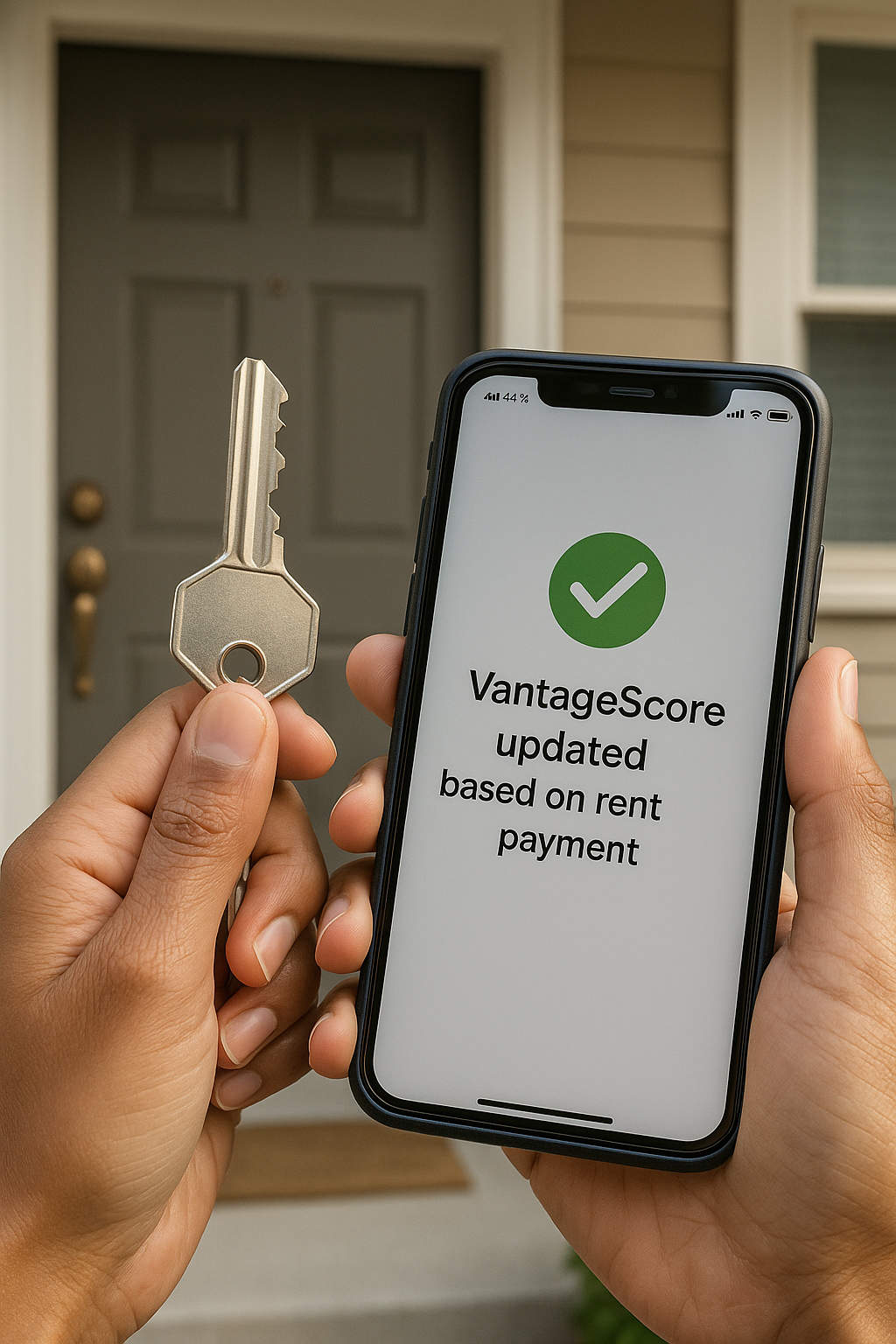
Starting your professional life in the U.S. is a major milestone. You’ve got your first income, and with it comes a new level of independence, and a lot of questions about money. This isn’t just about paying bills; it’s about translating our community’s work ethic into lasting personal wealth. But converting that momentum into a secure future requires a solid plan. These five foundational steps are your blueprint for building a strong financial life here in the United States.
Step 1: Getting Your Foundation—A Bank Account
The very first step to smart money management is establishing an independent relationship with a financial institution. While family support is great, managing your money independently is the key to adulthood. Getting your own account does more than just hold your paycheck; it:
- Creates a Financial Trail: This is crucial for later applications like loans or apartments.
- Keeps You in Control: No more waiting on family members for access to your funds.
- Helps You Budget: It separates your personal income from other family finances, making it easier to track and allocate your money.
Our Tip: Many banks and credit unions offer simple, low-fee checking accounts that are perfect for beginners. Look for one that has easy digital access and no minimum balance requirements.
Step 2: The Money Mindset—Budgeting, Saving, and Growing
With a secure bank account, we move to the core of personal finance: managing your cash flow. It’s important to see your income not just as money to spend, but as a resource to direct.
A. Budgeting
A budget is simply a plan for your money. It tells every dollar where to go. For us, this might also mean having candid conversations about how we support our families. Being financially smart at home doesn’t mean being ungenerous; it means being intentional so you can support yourself and your loved ones sustainably.
B. Saving
Saving needs a clear purpose. We suggest classifying your savings into two main buckets:
| Savings Type | Goal | Why It Matters to Us |
| Emergency Fund | 3–6 months of essential living expenses. | This is your safety net against the unexpected—a car repair, an unforeseen health expense, or a job loss—protecting you and your family from financial setbacks. |
| Goal-Based Savings | Money for specific purchases (e.g., a down payment on a car, tuition, starting a small side business). | This keeps you motivated and turns dreams into concrete targets. |
C. Investing in Yourself
While traditional investing might seem far off, the smartest initial investment is always in your earning potential. Seek out certifications, new skills, or continued education that can directly lead to higher income. Our drive is high, but our education and credentials are what unlock the doors to greater wealth.
Step 3: Building Your Credit Power
Credit is your financial reputation. In the U.S., a strong credit score (typically 700+) is essential for everything from renting an apartment to getting favorable interest rates on a car loan or mortgage. Starting with your first credit card is the most common way to build this history.
When choosing your first card, focus on responsible credit-building, not rewards.
- Look for Secured or Student Cards: These often have easier approval requirements for those with no credit history.
- Check the Fees, Not Just the Rewards: A high Annual Percentage Rate (APR) can lead to expensive debt if you don’t pay your balance in full every month. Ideally, look for a card with no annual fee.
- Avoid the “Credit Trap”: Always pay your statement balance in full every month to avoid interest. Only use 10%–30% of your available credit limit (your credit utilization) to show lenders you use credit wisely.
Step 4: Long-Term Vision—Early Retirement Planning
It may feel lightyears away, but the single greatest advantage you have right now is time. The earlier you start saving for retirement, the more you benefit from compounding, where your earnings start earning their own returns.
Many young Latinos face financial pressures that make retirement saving feel impossible. However, the data shows that only 38% of Latino workers participate in an employer-sponsored retirement plan, a number we need to change (National Institute on Retirement Security).
Take advantage of these U.S. tools now:
- Employer-Sponsored Plans (e.g., 401(k)): If your employer offers a match (e.g., they contribute 50 cents for every dollar you put in, up to a limit), contribute at least enough to get the full match. This is literally free money.
- Individual Retirement Accounts (IRAs): A Roth IRA is often a great choice for young people because you pay taxes on the money now while you’re in a lower tax bracket, and your withdrawals in retirement are tax-free.
These five steps from setting up your first account to thinking about retirement are the bedrock of financial security. By being proactive and intentional with your money, we ensure that our community’s economic power translates into individual, generational wealth.
👉 Ask Gabi anything, anytime.
Stay tuned! We got you!






